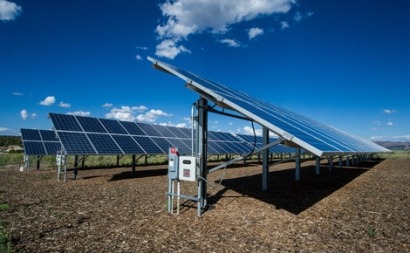
Solar power plants in Switzerland constructed during 2013 covered an area of approximately 2.1 square kilometres contributing about 1 percent of the solar electricity supplied to the country’s national grid, according to the Swiss Solar Energy Association (Swissolar). This is almost double that supplied to the grid the previous year.
Swissolar expects the market for solar for the current year to remain flat with future progress depending on political decisions taken over the next few weeks. A survey of large installation companies revealed that during 2013 companies installed around 300MW of solar PV resulting in an overall capacity of 730MW by the end of the year. This represents 200,000 typical households or nearly 600 million kilowatt hours.
The development of solar energy in Switzerland has been much more rapid than expected by the Federal Council whose estimates have been unrealistically low. In its energy strategy for 2020, solar energy accounted for a predicted 2 percent of power generation, a figure that will be achieved by 2016 at current levels of installation. Swissolar believe that a much more likely figure for 2020 is 5 percent, pointing to the 6 percent solar power already achieved by Germany.
Massive uncertainty in the market represents a serious challenge to growth during 2014 with developers and investors strongly influenced by the Federal Council’s “stop and go” policy. However, a workable solution has now been found thanks to the Parliamentary 12,400 Initiative which is now in force. PV systems are very popular in Switzerland, particularly among private homeowners.
According to Swissolar there are more serious concerns regarding growth of solar over the years from 2016 onwards. The Federal Council’s National Energy Commission will meet to decide how the country’s Feed-in Tariff (FiT) system can be developed further beyond at this point. At stake is almost 30,000 solar projects on the development waiting list with a projected annual output of 1.5 billion kilowatt hours. However, Swissolar believes that these projects, along with other technologies, could replace three of the four small nuclear power plants in the country (Muhlenberg and Beznau 1 and 2).
For additional information:

